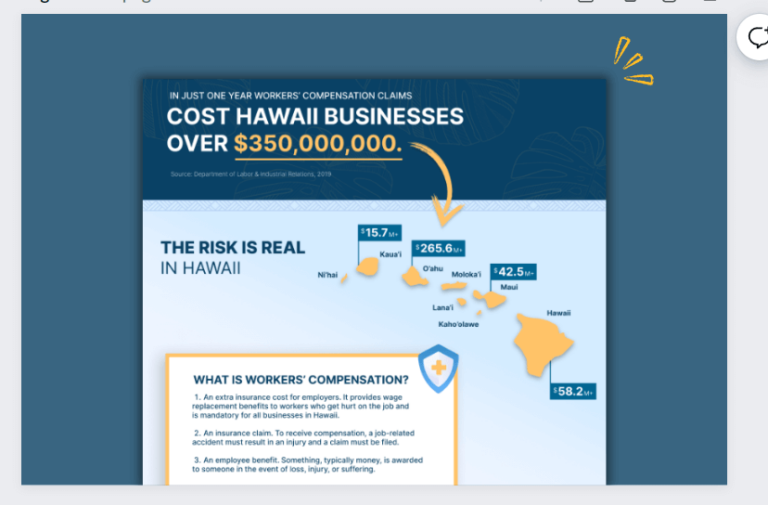Hawaii’s Minimum Wage: What to Know About the Jan 1 Increase
Explore the implications of Hawaii's minimum wage increase and get practical strategies on how employers should adapt.
As we approach the new year, employers across the state are gearing up for a significant pay change. On January 1, 2024, Hawaii's minimum wage will rise from $12 to $14 per hour, with further increases slated for 2026 and 2028, ultimately reaching $18 per hour. For employers utilizing Hawaii's Tip Credit Law, the 2024 increase to minimum wage increases the adjusted minimum wage for tipped employees to $12.75 per hour. While this change promises higher wages for many, it also brings many challenges that employers must navigate. This post will explore the implications of Hawaii's rising minimum wage and offer practical strategies for Hawaii businesses to thrive in this evolving environment.
Balancing Pay Scales in a Changing Landscape
One of the most pressing concerns for employers amidst a minimum wage increase is the potential for wage compression. Wage compression occurs when the pay of less experienced employees comes uncomfortably close to that of more seasoned counterparts.
For instance, a server, head server, and banquet captain, who are paid at $12, $13, and $14 prior to the minimum wage increase, could earn $14 after the mandated increase – if employers don't adjust pay for wage compression. As you can see, the ripple effect of minimum wage increase isn't just confined to entry-level positions; it can permeate various levels within your organization. To maintain pay differentials and incentivize growth, employers must proactively look at their current pay structure and consider adjusting to preserve differentials. This adjustment can be implemented all at once or phased strategically.
Implications Beyond Base Pay
Rising base pay triggers a cascade of financial implications for employers. Social Security and Medicare contributions will rise in tandem with wages, necessitating increased employer contributions to these essential safety nets. Additionally, incentive programs may need to be reevaluated to align with the new pay structure. Employers should approach these changes with foresight, considering the broader financial implications for their business and budget accordingly.
An Employer Roadmap to Adapt to Increases
As the minimum wage landscape transforms, proactive planning is key. Below are actionable steps to help you navigate this changing environment.
- Review and adjust employee compensation: Begin by identifying employees who are currently earning below the new minimum wage. It's crucial to ensure their compensation meets or exceeds the new threshold. This step is foundational to maintaining compliance and ensuring fair compensation for all.
- Combat wage compression: Research competitive pay rates for all positions within your organization. By making intentional pay adjustments to other job levels, you can preserve differentials and acknowledge the value of your employees’ experience, tenure, and performance. For example, seize this opportunity to consider higher pay increases for your top-performing employees and critical roles that are typically challenging to replace to promote employee retention.
- Communicate changes to employees: Communication is key during times of transition. Notify your employees of rate changes well in advance, following best practices. Providing this information at least one pay period in advance is a recommended approach. This ensures your team is well-informed and allows them time to adjust to the forthcoming changes. Whether through written notices or posted announcements, clear communication builds trust and transparency within your workforce.
- Offer growth opportunities: Beyond monetary adjustments, consider the value of offering training and growth opportunities. Provide employees with the chance to expand their responsibilities in alignment with their career goals. This fosters professional development and demonstrates your commitment to their success. Consider this scenario: if an employee delivers 25% more in an expanded role that aligns with their aspirations, and you've increased their pay by 10%, it's a win-win situation for both parties.
By following these strategic steps, you'll navigate the minimum wage changes smoothly and position your business for success in the evolving employment landscape. Remember, proactive planning is the cornerstone of effective change management. Embrace this transformation as an opportunity to invest in your workforce and propel your business forward.






